Removing hair in Photoshop has long been considered the supreme discipline of image editing. The fine hairs and complex structures pose a challenge that even experienced designers often struggle with. But with the integration of AI in Photoshop, many things have improved. In this tutorial, you will learn how to quickly and efficiently cut out hair using modern tools and techniques.
Key Insights
- Photoshop uses AI-powered methods for automatic subject selection.
- The selection and refinement of hair can be significantly optimized through special tools.
- Color contamination caused by the background can be easily eliminated.
- Various manual corrections are available for particularly challenging backgrounds and hair structures.
Step-by-Step Guide
To cut out hair in Photoshop, follow these simple steps:
Step 1: Automatic Subject Selection
Open Photoshop and load the image you want to edit. To make the selection, go to "Select" and choose "Subject Select". Photoshop will now use AI to identify and select the main subject.
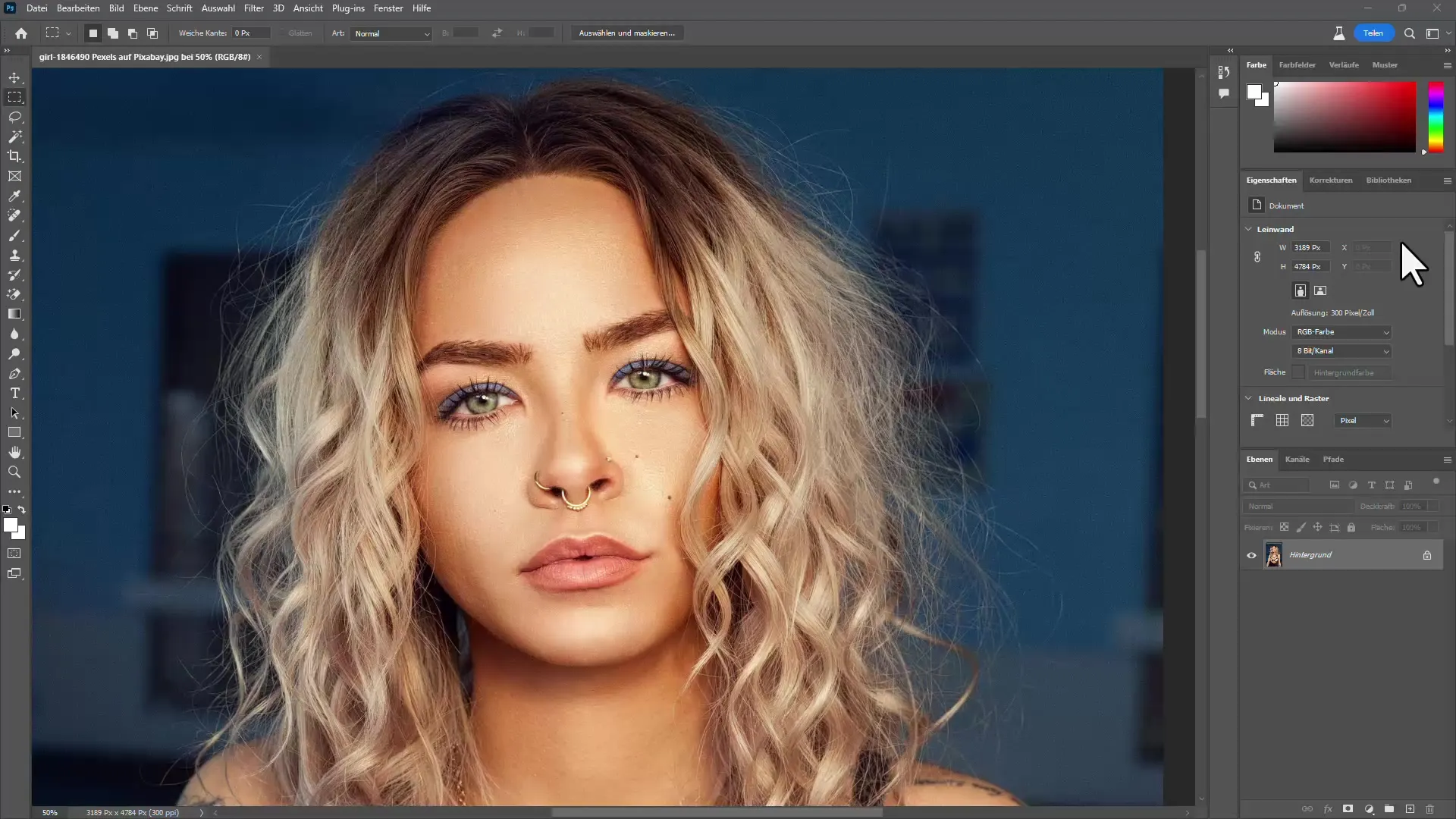
Step 2: Refine Selection
Once the subject is selected, go to "Select and Mask". Here you can use various options to refine the selection. Use the zoom function to inspect details.
Step 3: Change Display Color
To check what has been selected exactly, you can change the display color of the selection. This helps you visually differentiate the cut-out areas. Set the opacity to 100% and possibly change the background color for a better overview.
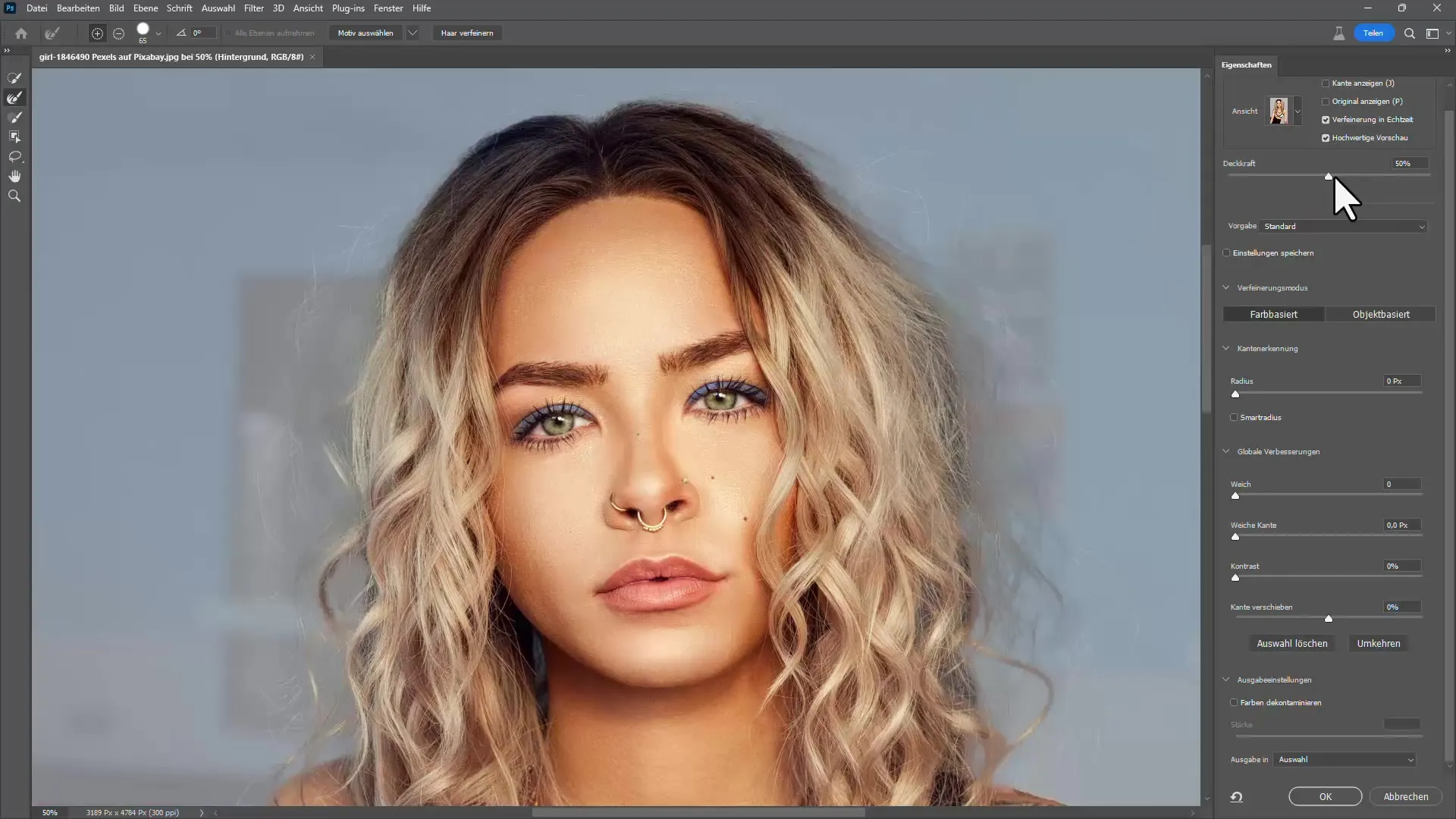
Step 4: Refine Hair
When editing hair, there are special tools to help you refine the fine structures. Click on "Refine Hair" and watch as Photoshop optimizes the selection.
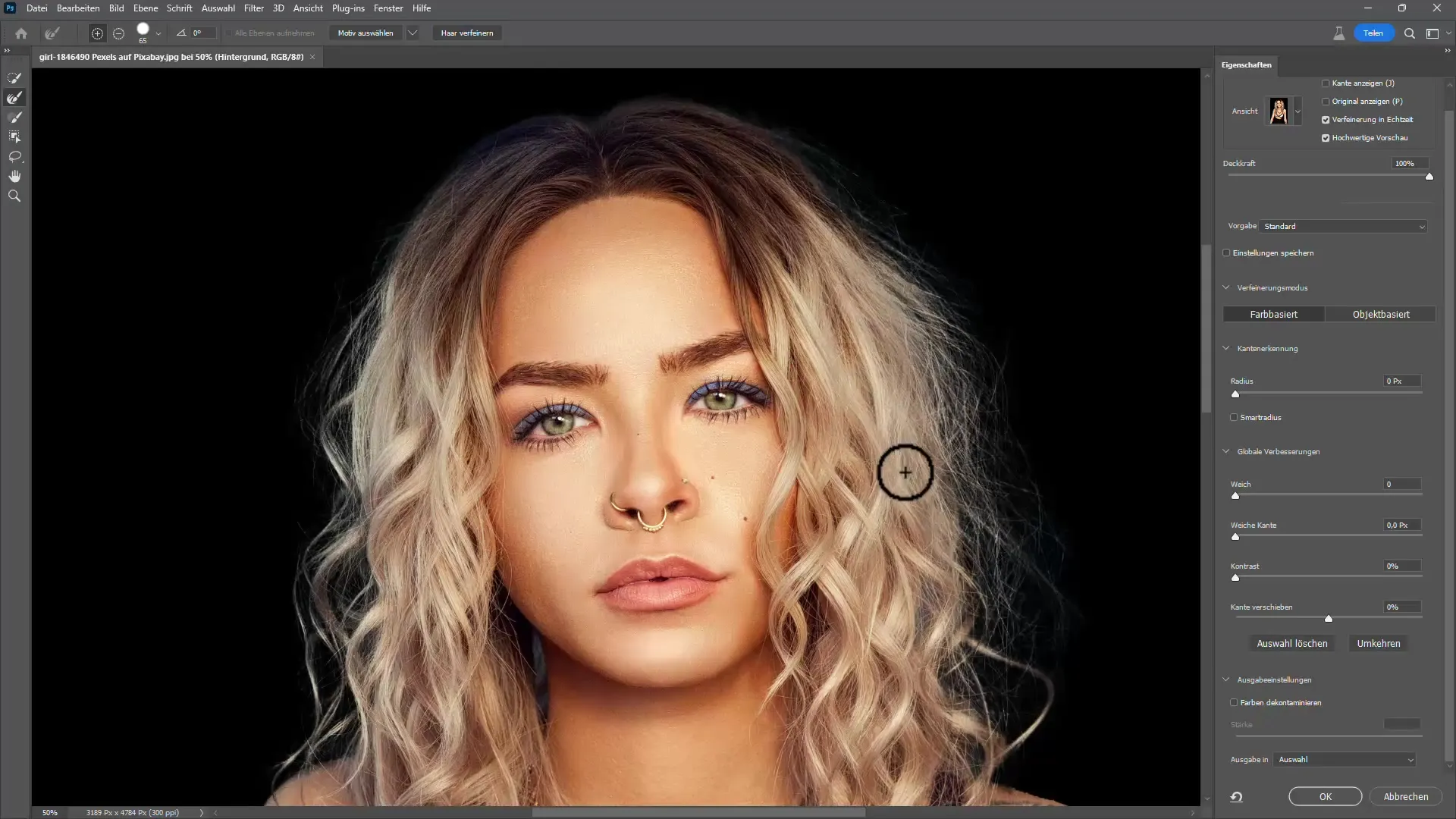
Step 5: Create Layer Mask
If you are satisfied with the selection, choose to output the selection as a layer mask. Hold down the control key while creating the new layer. This will create the mask below the original image, giving you more flexibility.
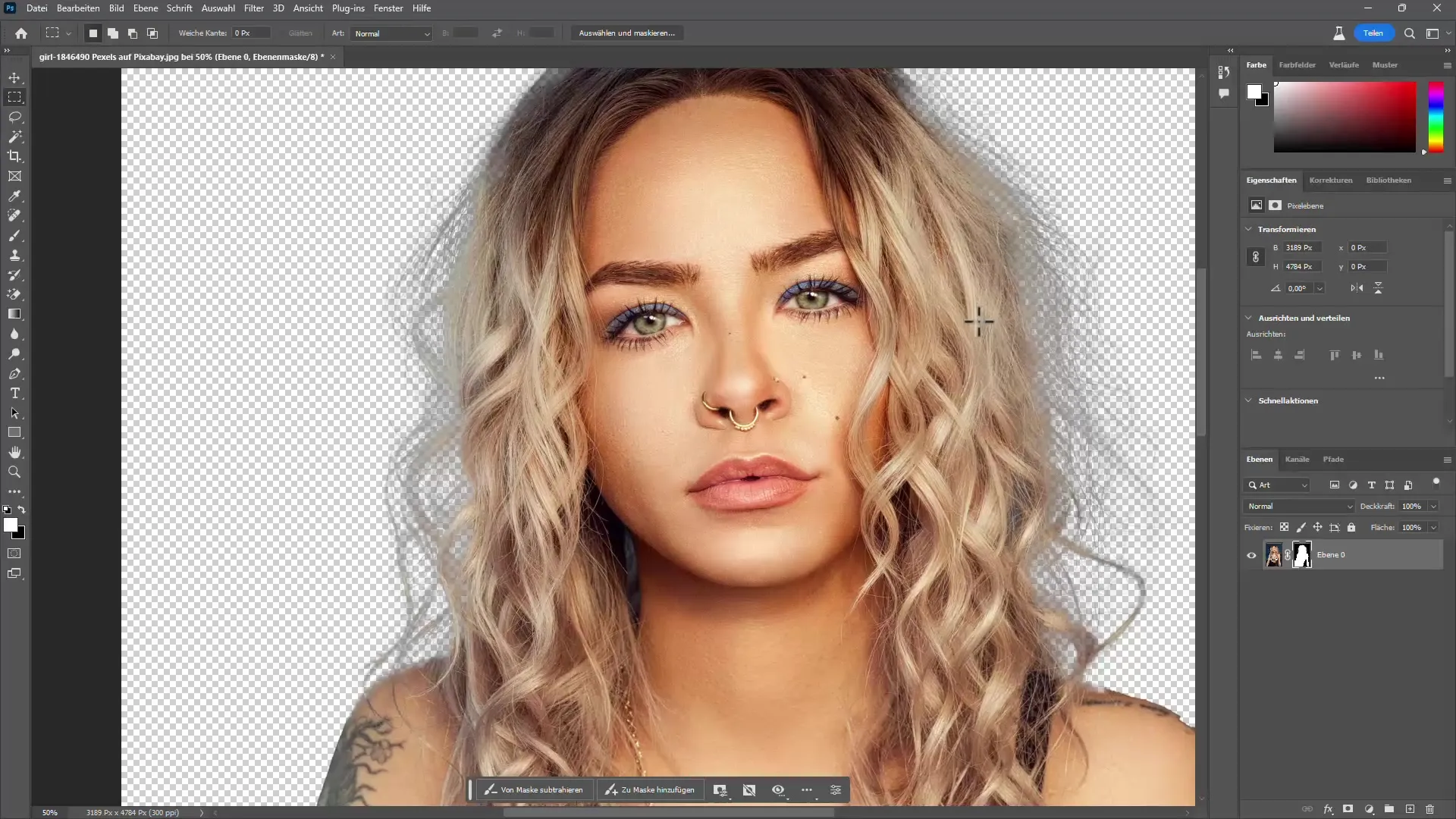
Step 6: Make Color Corrections
If the hair color is affected by the background, use the "Decontaminate Colors" command. This will remove unwanted color casts and ensure that the hair color looks natural.
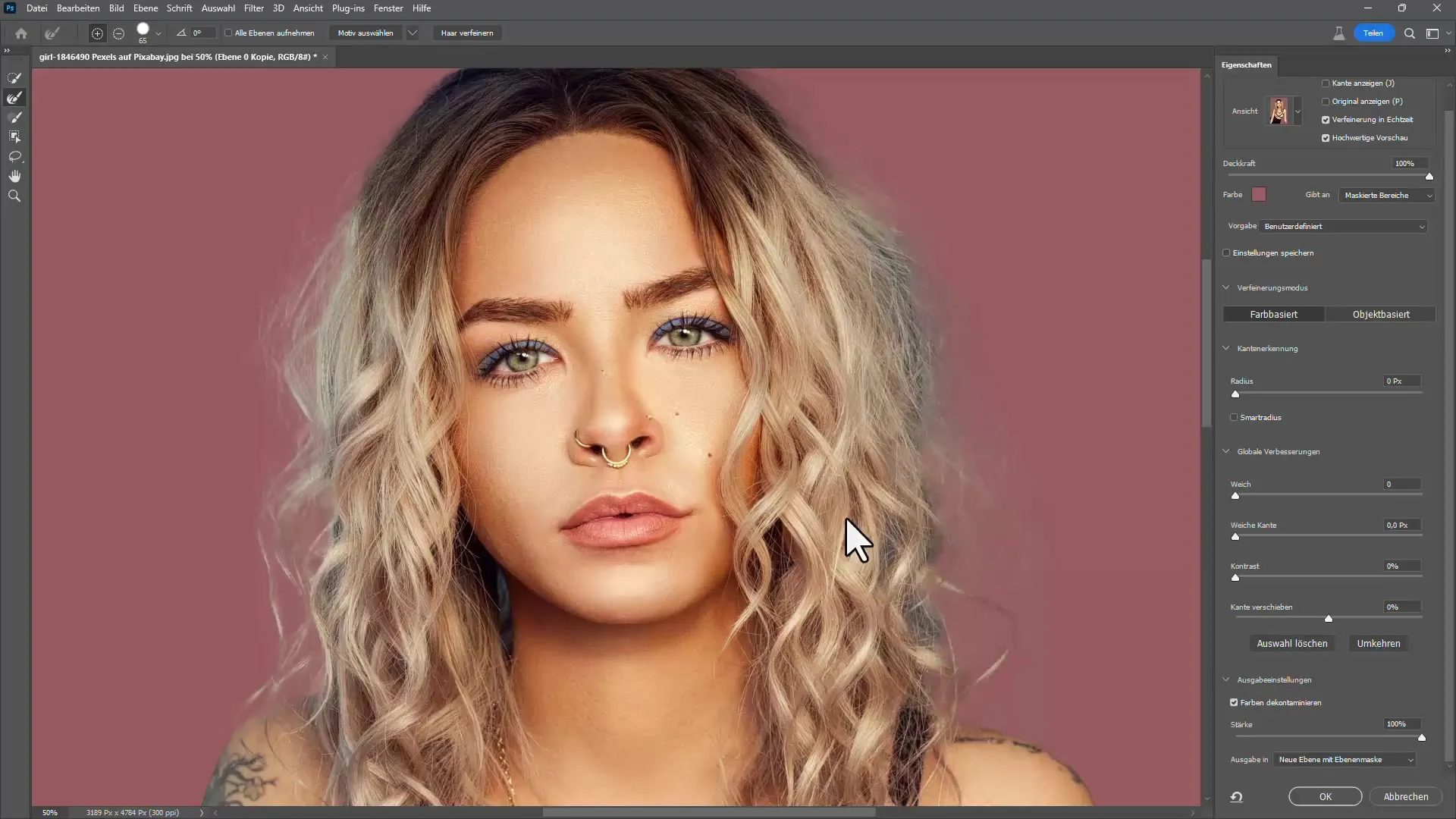
Step 7: Deal with Unexpected Backgrounds
If your subject has a complex background, click "Select Subject" again and then go to "Select and Mask". Use the non-destructive correction tools to refine the selection and remove distracting elements.
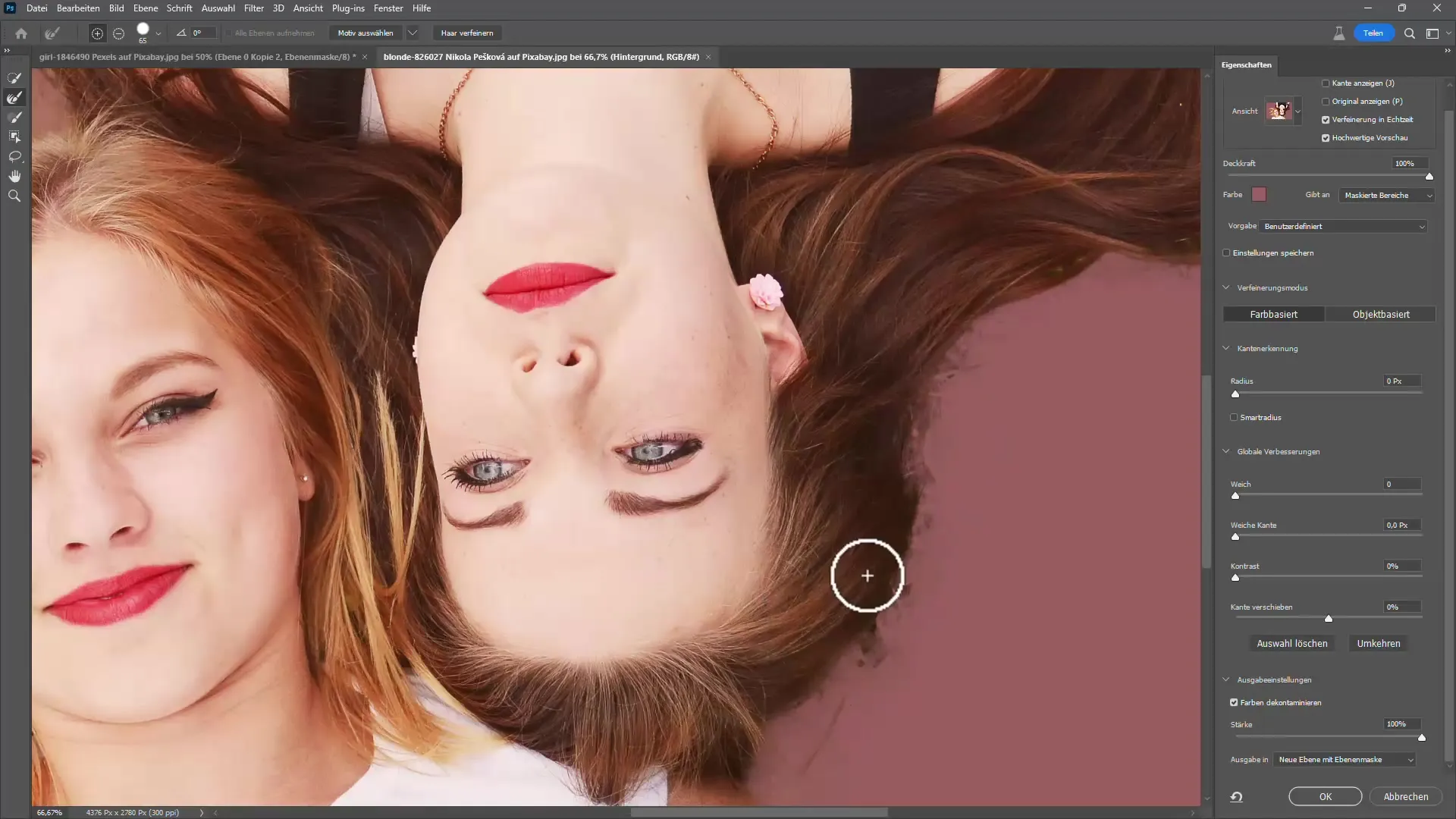
Step 8: Make Final Adjustments
Finally, use a soft brush to work on the edges to ensure a natural cut-out appearance. Keep the brush tip soft to make the transitions harmonious.
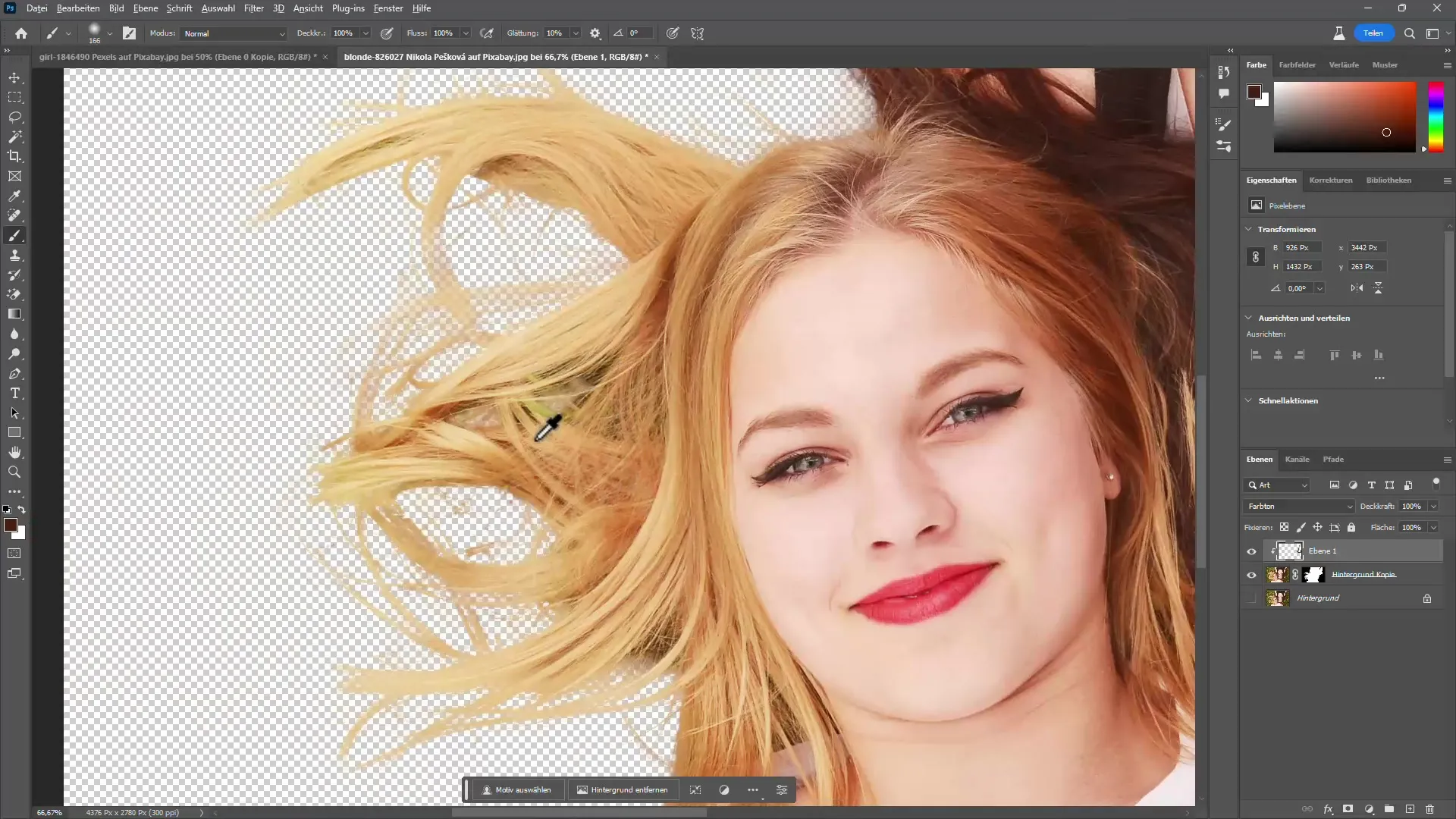
Step 9: Generate New Hair Structures
If you are not satisfied with the typology of the hair, you can use "Generative Filling" to generate new hair structures. Create a new layer for this and select the appropriate tools.
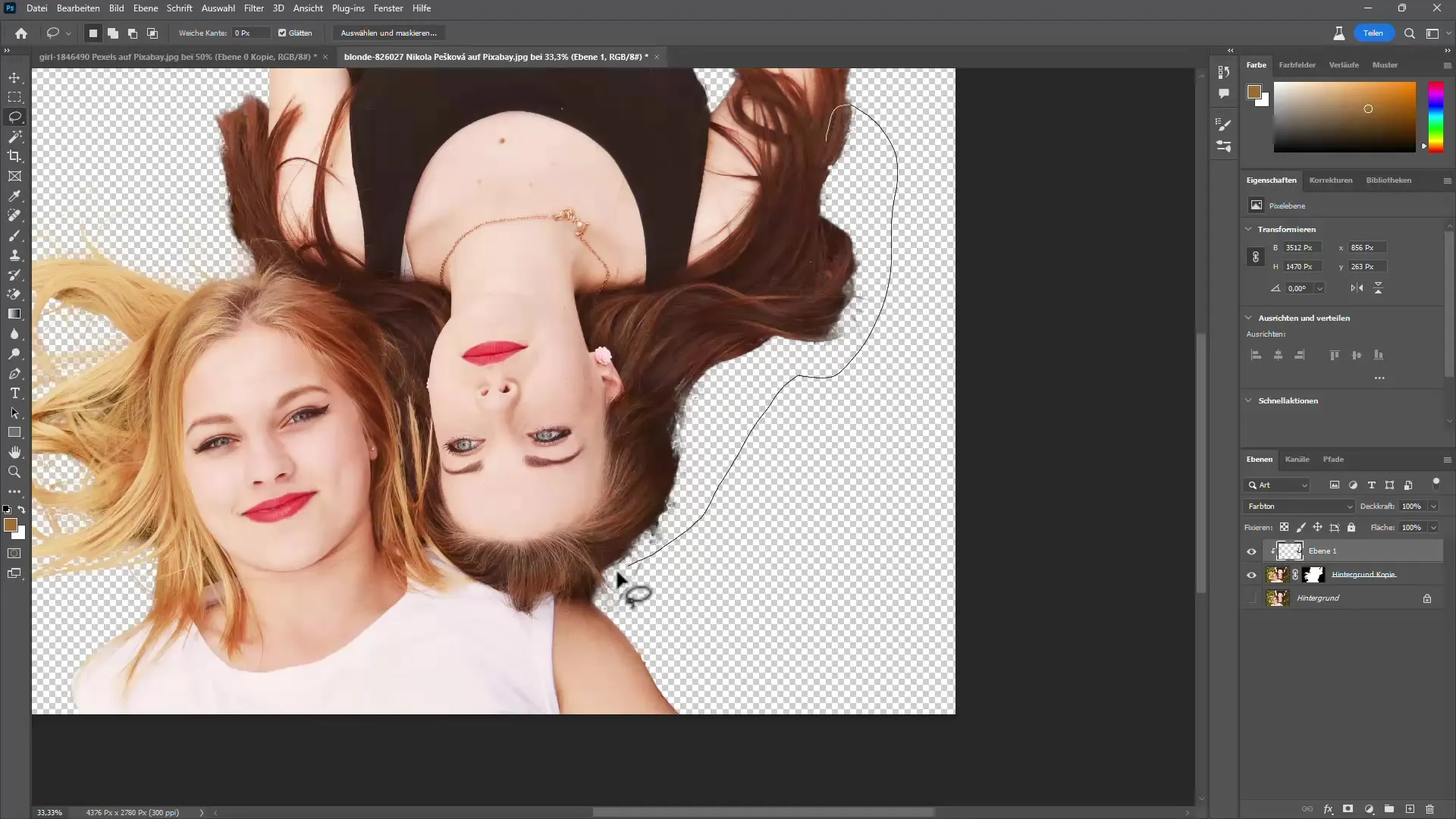
Step 10: Further Refinements
For final touch-ups, you can use hair brushes that help you add missing strands of hair or eliminate unwanted disturbances in the final image. Make sure to adjust the brush configuration to match the hair texture.
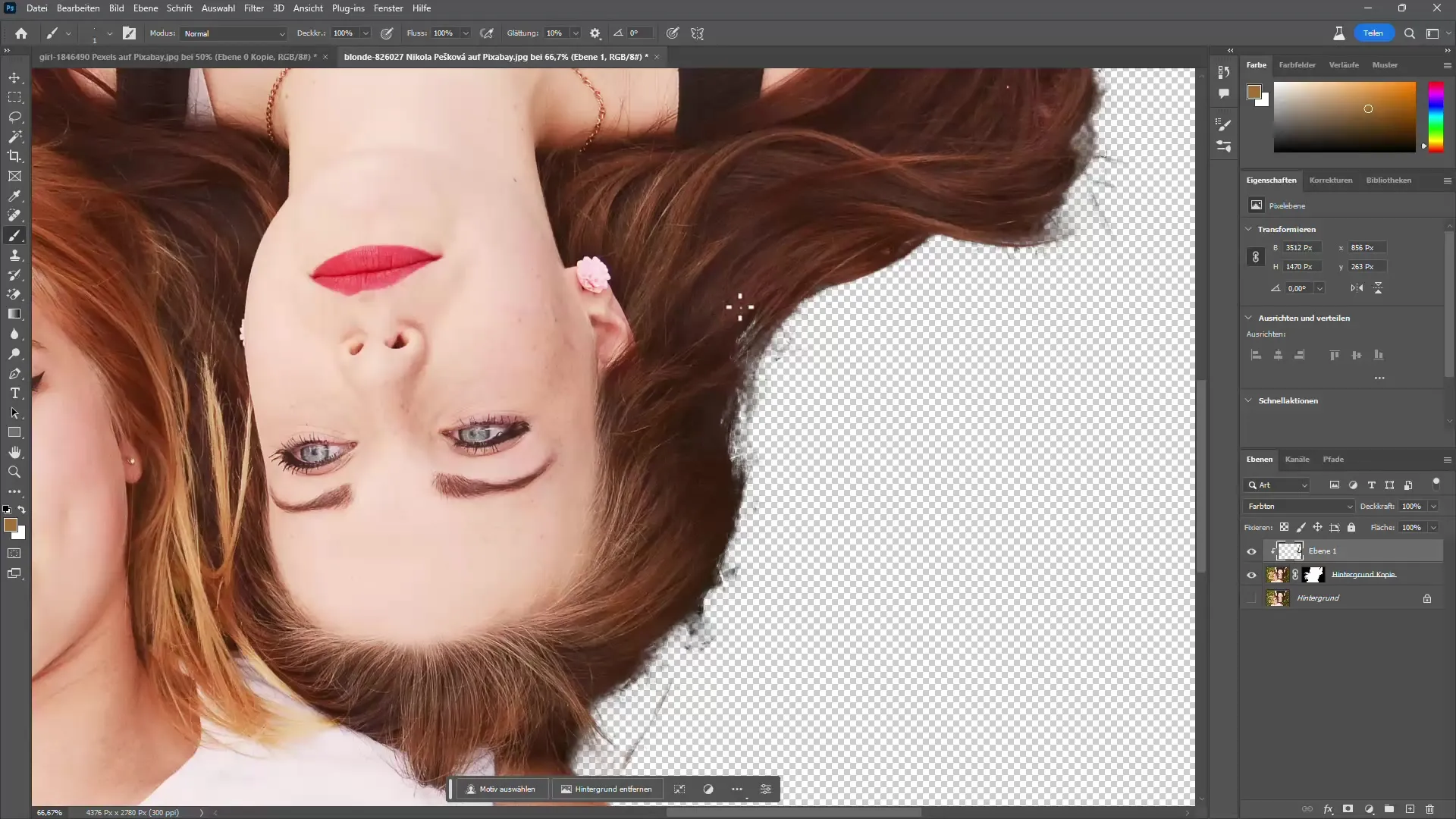
Summary
Cutting out hair in Photoshop is no longer a witchcraft with modern AI features and correct techniques. Rarely have the results been so fast and of high quality, allowing you to focus on the creative aspects of your projects.
Frequently Asked Questions
What is the first step in hair cutting in Photoshop?The first step is to use the “Select Subject” feature under the “Select” menu.
How do I edit the hair selection?Use the “Select and Mask” command and use the “Refine Hair” tool to optimize the selection.
What do I do if the hair color is influenced by the background?Use the “Decontaminate Colors” feature to remove unwanted color casts and fix the hair color.
Can I generate new hair if I am dissatisfied with the result?Yes, you can add new hair structures with the “Generative Fill” on a new layer.
How do I proceed with complex backgrounds?Apply the same technique, start with “Select Subject” and use the tools in “Select and Mask” to refine the selection.


